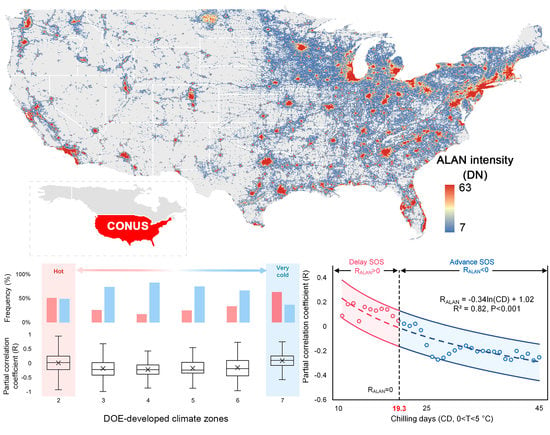Artificial Light at Night Advances Spring Phenology in the United States
Abstract
Share and Cite
Zheng, Q.; Teo, H.C.; Koh, L.P. Artificial Light at Night Advances Spring Phenology in the United States. Remote Sens. 2021, 13, 399. https://doi.org/10.3390/rs13030399
Zheng Q, Teo HC, Koh LP. Artificial Light at Night Advances Spring Phenology in the United States. Remote Sensing. 2021; 13(3):399. https://doi.org/10.3390/rs13030399
Chicago/Turabian StyleZheng, Qiming, Hoong Chen Teo, and Lian Pin Koh. 2021. "Artificial Light at Night Advances Spring Phenology in the United States" Remote Sensing 13, no. 3: 399. https://doi.org/10.3390/rs13030399
APA StyleZheng, Q., Teo, H. C., & Koh, L. P. (2021). Artificial Light at Night Advances Spring Phenology in the United States. Remote Sensing, 13(3), 399. https://doi.org/10.3390/rs13030399







